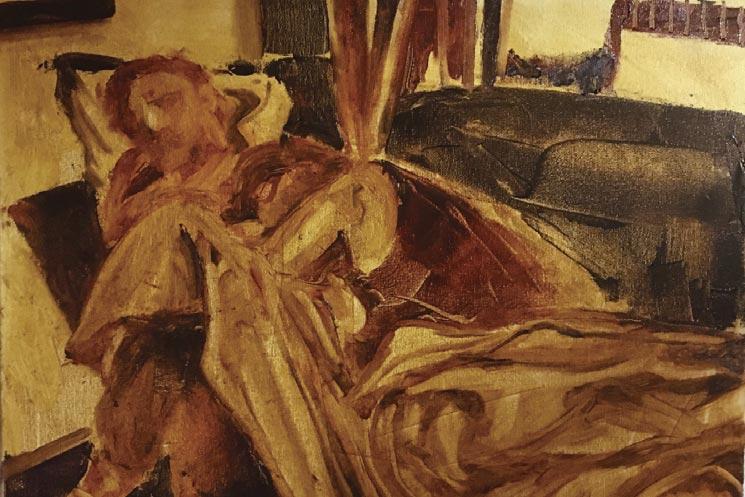
3 minute read
Bound in Beauty By David Alex Schulz, CHP
The Bexar County Medical Library: Art and Science Bound in Beauty
By David Alex Schulz, CHP
Advertisement
Hippocrates tells us, “teachers are the parents of physicians’ skills.”
Medical textbooks, then, are the aunts, uncles and grandparents of their practice, since the earliest physicians’ texts predate the Oath by a millennium. The vital importance of medical bibliography to the healing arts is beautifully expressed at the Bexar County Medical Society’s Library, established in 1912.
The collection has grown over more than a century to contain thousands of volumes. Some are modern reprints reaching back to the earliest days of bound books, “Paracelsus’ Four Treatises” for example. Others are contemporary to their time and now comprising historical records, like the 16-volume set devoted to Medicine in WW2. The books, relocated variously through the decades, have finally found a permanent library in the boardroom and surrounding corridors of Bexar County Medical Society’s newly dedicated headquarters in San Antonio.
To include the collection in a magazine devoted to art in medicine calls for explanation. Attending high school smack between New York’s 42nd St. Library and Barnes & Nobles’ main store, where afternoons and summers were spent clerking, taught me to cherish all aspects of books from the touch of their marbled endpapers to their hidden rope bindings. When my first meeting as a member of the Communications Committee was held amidst these thousands of magnificently bound books in the boardroom, I was struck speechless. To my left, I could see Darwin’s “The Origin of Species,” in munificent black binding and gilt lettering; to my right, “The Collected Papers of Joseph Lister,” notes from the pioneering father of antiseptic surgery and preventive medicine. Heady stuff.
The books have the rich glow of fine bindery: the exquisite endpapers only hint at the artistry within. As readers know, the art of medical illustration is neither to entertain or delight with detail but to provide a schematic guide to human components, both in their natural state and more importantly, in abnormal states. The Library’s artistry spans from





Images this page, clockwise from top left: Muscles of the Torso - back view Chondroma of the fingers Cellular infiltration of the fatty tissue in the periphery of a hard cancer of the breast; the blood vessels injected Cancer of the mucous glands from the interior of the nose
reprints of Leonardo da Vinci’s 15th Century “Note-Books on Anatomy” and Sir Charles Bell’s 19th Century “Treatise on The Hand,” to the current day. Artist-drawn sketches still convey greater depth of information than photographs, relieving the flatness of a camera image with perspective, and drawing attention to particular aspects by virtue of technique with pen and ink.
Medicine’s grisly history is also found in the library, where a reprint of Robert Knox’s 1852 “Manual of Artistic Anatomy” is shelved. Knox’s story is worthy of Mary Shelley: The leading teacher of anatomy in the 1820s, Dr. Knox’s class numbered more than 500 attendees, not only medical students but also noblemen, lawyers, artists and philosophers. Unfortunately, Knox is best known today for his involvement in the most notorious crime in Scottish history, murders carried out by Burke and Hare. Knox bought the bodies of their victims for use in dissections at his anatomy school. Losing his license, Knox spent the rest of his life teaching anatomy to artists and sculptors.
Since its initiation in 1912, the library has depended on support of BCMS member physicians, organizing as the Bexar County Medical Library Association in 1920. The Association is a non-profit 501(c)(3), and all active practicing physician members of BCMS are members of the Library Association. If you would like to help support the library, contact Chief Operating Officer Monica Jones at (210) 301-4373.
David Alex Schulz, CHP is a community member of the BCMS Publications Committee.










